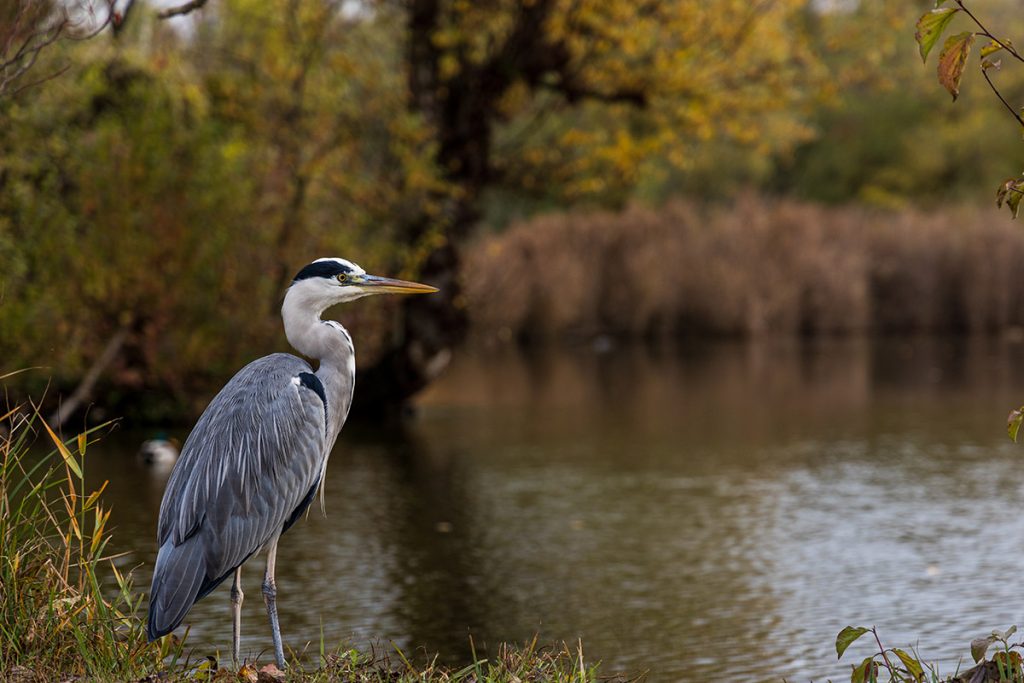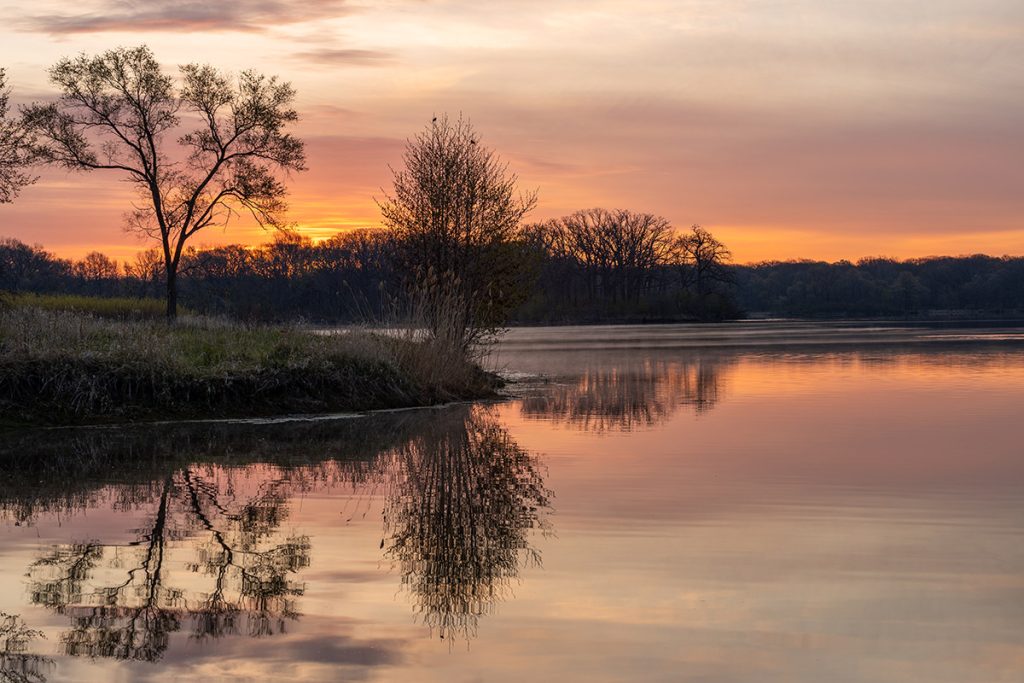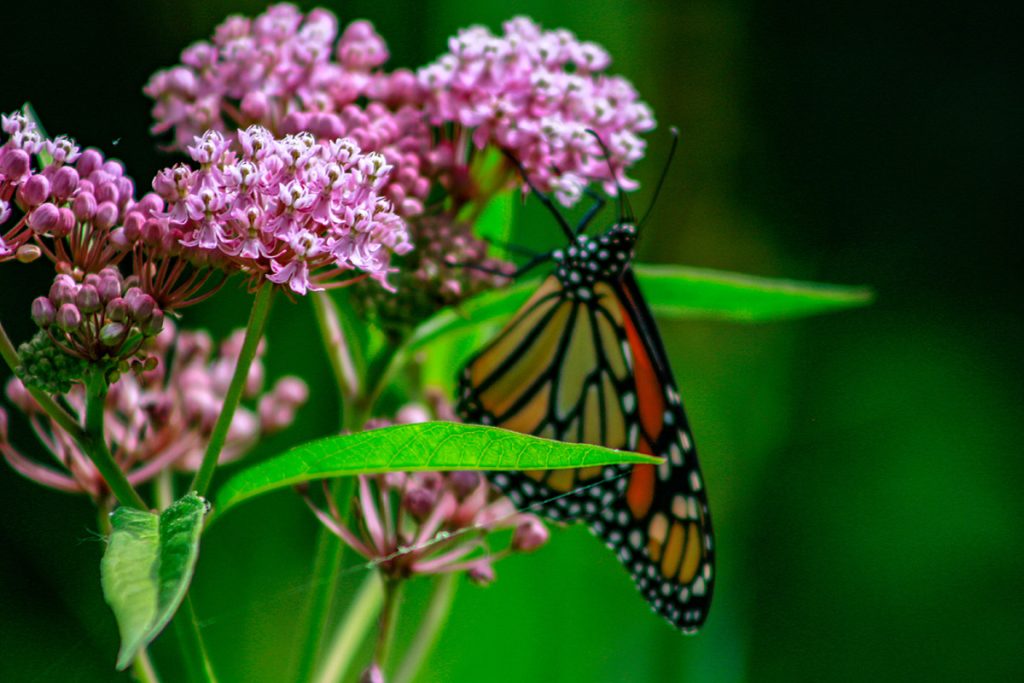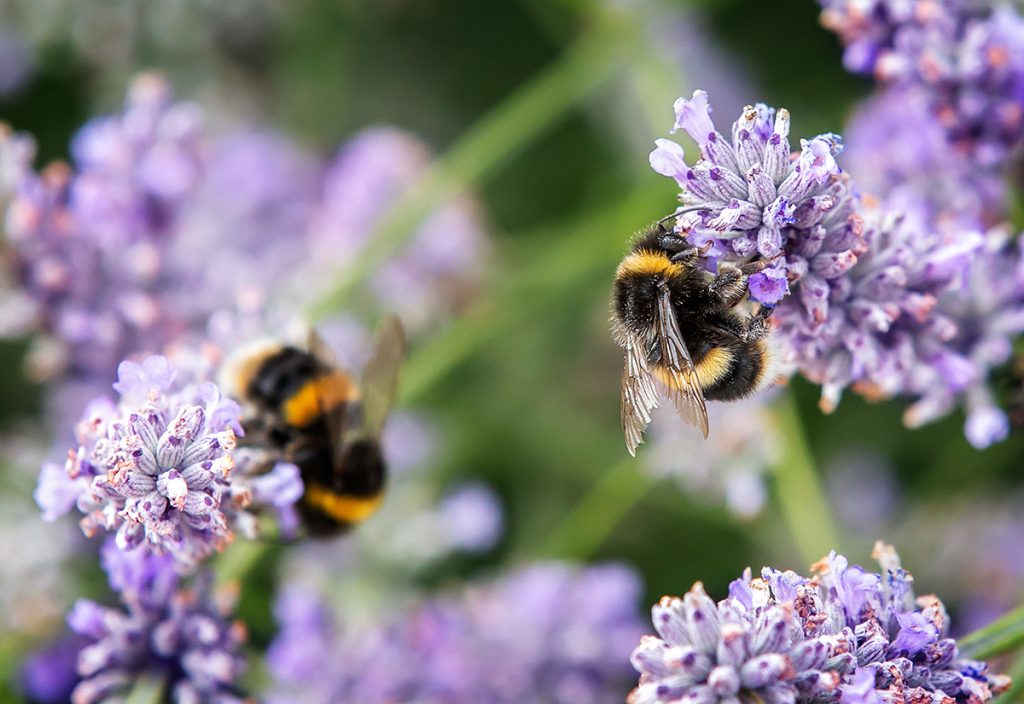What’s New in CREP for Illinois Landowners in 2022
In 2022, the Conservation Reserve Enhancement Program (CREP) returned to the state of Illinois. As part of the Conservation Reserve Program (CRP), CREP identifies the highest-priority conservation goals in the state. From there, participants are provided with federal and non-federal funds to carry out Conservation Practices (CPs) to fulfill those goals. Since 2015, enrollment in […]
What’s New in CREP for Illinois Landowners in 2022 Read More »










